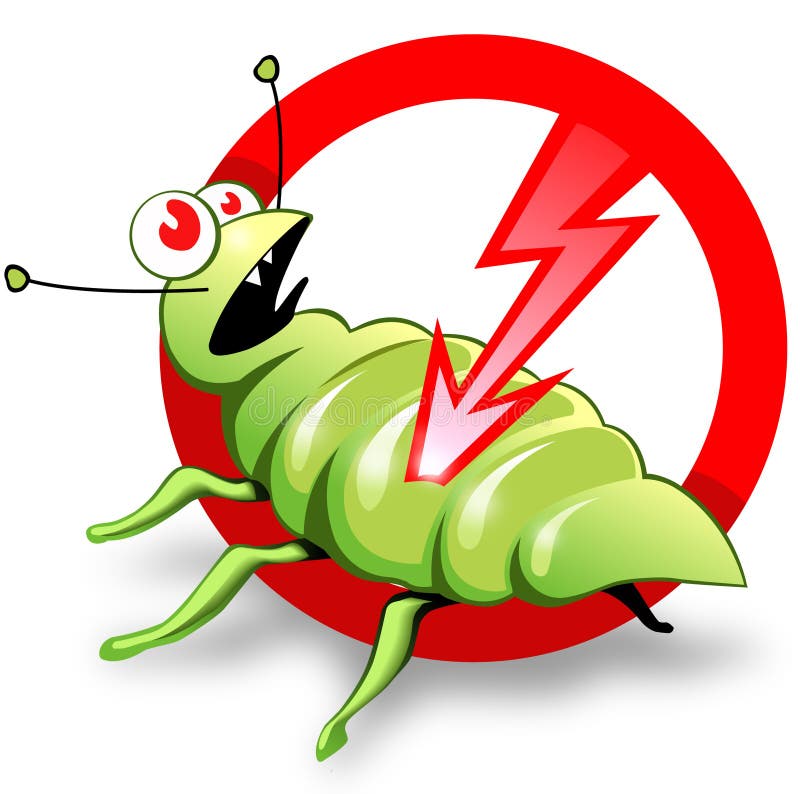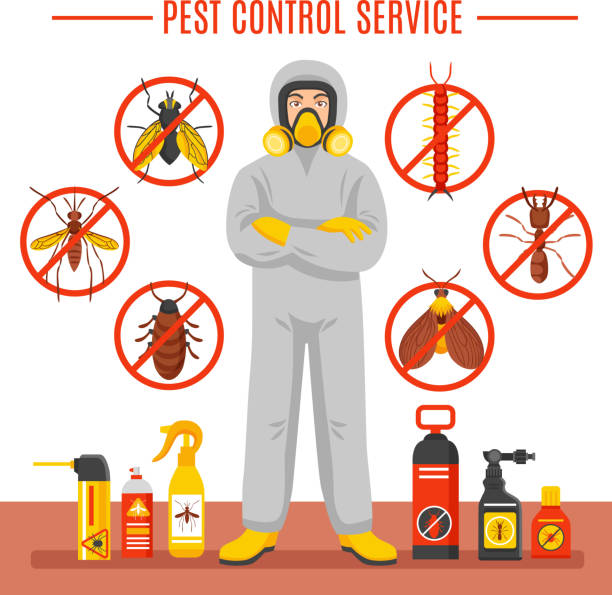Exploring Problem and Treatment Techniques on the planet of Pest Control
The landscape of parasite control incorporates a myriad of obstacles, particularly as infestations of typical home insects continue to develop. Comprehending the actions and reproductive patterns of these problems is critical for establishing effective therapy techniques. By integrating safety nets with sophisticated management strategies, such as Integrated Pest Management (IPM), homeowners can better safeguard their settings. Nevertheless, the effectiveness of these approaches may differ significantly based on specific scenarios. What hidden elements contribute to the success or failing of these techniques in different settings?

Usual House Vermin
When it involves managing our living spaces, recognizing typical home pests is essential. These insects not just disrupt our comfort yet can likewise pose health and wellness risks and damages property. One of the most prevalent household bugs consist of ants, cockroaches, rodents, termites, and bed pests.
Ants, commonly seen foraging in kitchen areas, can pollute food and establish large swarms. Rats, consisting of mice and rats, can cause architectural damages and bring illness like hantavirus and salmonella.
Acknowledging the indications of these bugs, such as droppings, nests, or bite marks, is vital for early intervention (Pest Control Lockhart). Correct hygiene techniques, securing entrance points, and maintaining a clutter-free setting work preventative actions. By recognizing these typical home insects and recognizing their actions, house owners can take positive actions to minimize problems, making certain a much healthier living environment
Understanding Parasite Infestations
Parasite infestations can escalate promptly, turning a minor annoyance into a considerable issue if not dealt with quickly. Usual variables contributing to infestations consist of bad sanitation, structural vulnerabilities, and seasonal modifications that drive pests inside.
Determining the sort of bug is important, as different varieties exhibit different behaviors and reproductive rates. For example, rats may establish nests in covert areas while bugs like roaches thrive in moist settings. Early detection commonly depends upon identifying indicators such as droppings, munch marks, or uncommon noises, which can show an issue before it becomes serious.
Environmental conditions likewise play an essential duty in parasite proliferation. Cozy, humid climates can assist in the quick development of insect populaces, while adjustments in landscaping or construction can unintentionally produce helpful settings. Consequently, normal assessments and preventative procedures are extremely important to minimizing the risk of infestations. An informed strategy to understanding these dynamics prepares for effective bug administration techniques in the future.
Therapy Methods and Techniques
Effective therapy techniques and methods are essential for minimizing bug invasions and restoring a secure environment. A multifaceted method is commonly best, incorporating chemical, biological, and mechanical techniques customized to the details insect and the seriousness of the infestation.
Chemical therapies include using insecticides and herbicides, which can effectively eliminate bugs. Proper application and adherence to safety standards are essential to lessen dangers to people and non-target organisms. Integrated Parasite Management (IPM) urges the sensible use of chemicals as a last resource, depending instead on monitoring and threshold levels to determine treatment demands.
Organic control methods entail introducing all-natural predators or bloodsuckers to lower parasite populaces. This technique is progressively popular, particularly in farming settings, as it promotes environmental sustainability.
Mechanical techniques, such as catches and barriers, provide instant remedy for parasites without presenting chemicals. Alternatives consist of sticky traps for bugs or physical barriers for rodents.
Ultimately, the choice of treatment approach should consider the specific bug, the environment, and potential effect on human health and communities. A well balanced combination of these techniques can efficiently manage infestations while advertising lasting pest control solutions.
Safety Nets for House
Proactively addressing parasite problems before they escalate is vital for preserving a healthy home environment (Pest Control Lockhart). Applying reliable preventative actions can dramatically lower the likelihood of infestations, eventually guarding both your home and well-being

Correct landscape design likewise plays a critical function in prevention. Keeping shrubs and trees cut away from your house lowers the possibilities of parasites locating their way inside. Guarantee that drainage systems are working efficiently to protect against standing water, which can draw in insects and various other pests.
Lastly, regular evaluations are a good idea. Frequently checking for indications of insect activity permits very early intervention. By adopting these preventive actions, homeowners can develop an atmosphere that is less friendly to bugs, therefore improving their total lifestyle and look at this now reducing the demand for comprehensive parasite control interventions.
Business Bug Control Strategies
An extensive strategy to industrial insect control is necessary for companies intending to keep a safe and hygienic environment. Reliable strategies include a mix of normal examinations, staff member training, and the implementation Learn More Here of Integrated Bug Administration (IPM) methods.
Routine assessments enable very early discovery of pest activity, permitting prompt treatment. Services must develop a routine schedule for these assessments, concentrating on risky areas such as kitchen areas, storeroom, and garbage disposal sites. Staff member training is similarly vital; staff must be educated on the signs of parasite invasions and the relevance of reporting them right away.
Applying IPM methods assists mitigate parasite issues sustainably. This consists of environment alteration, such as securing entrance points and decreasing clutter, in addition to using all-natural deterrents before resorting to chemical therapies.

In addition, collaborating with a certified bug control service provider makes sure accessibility to professional knowledge and advanced treatment options. This partnership can result in tailored parasite control plans tailored to the specific needs of business, minimizing threats and enhancing general efficacy. Eventually, a positive and educated strategy promotes a pest-free environment, guarding both public health and wellness and organization track record.
Final Thought
In verdict, efficient pest control requires a detailed understanding of typical home insects and their wikipedia reference behaviors, combined with targeted treatment methods. Executing safety nets together with treatment techniques such as Integrated Parasite Monitoring and biological control boosts the capability to reduce infestations. Routine assessments and a combination of chemical and mechanical options even more contribute to preserving pest-free atmospheres. Eventually, a well-shaped method to pest monitoring is crucial for safeguarding living areas from unwanted burglars.